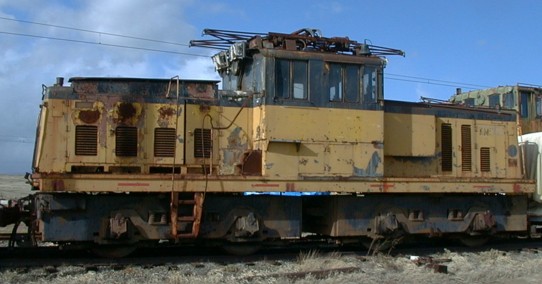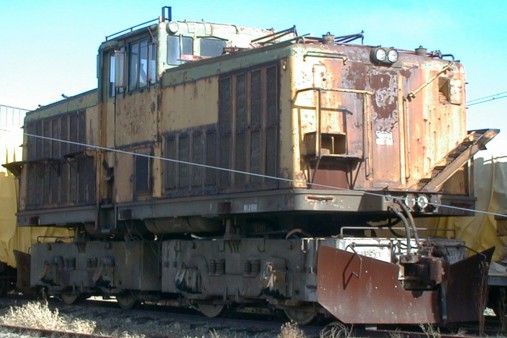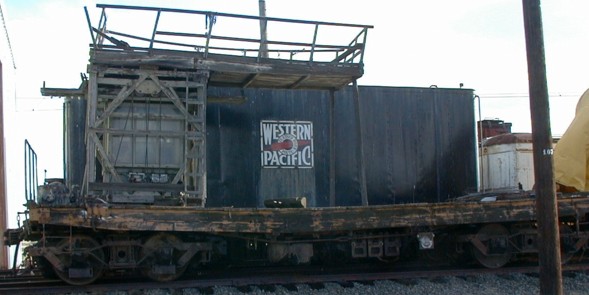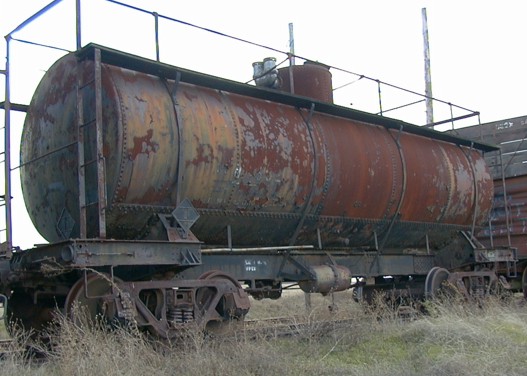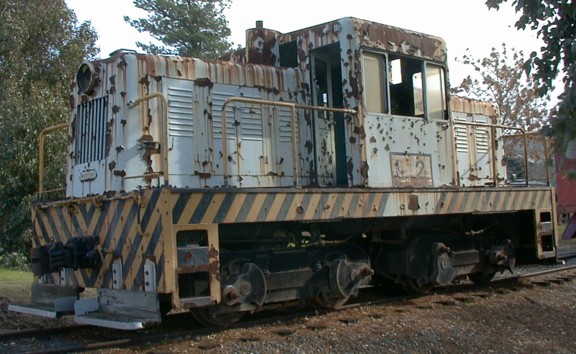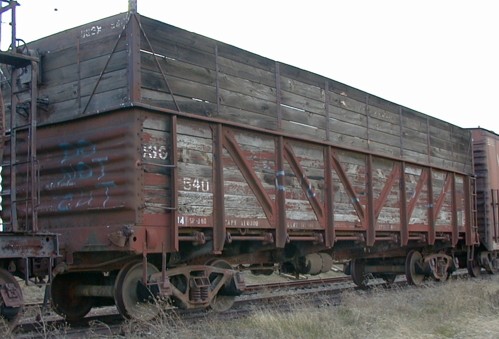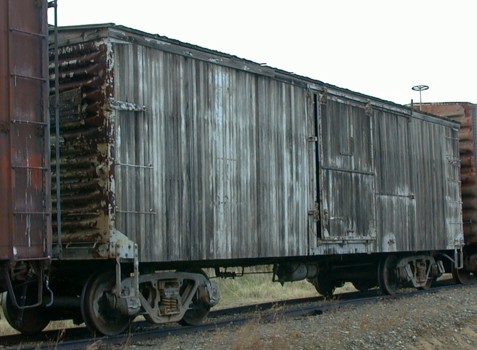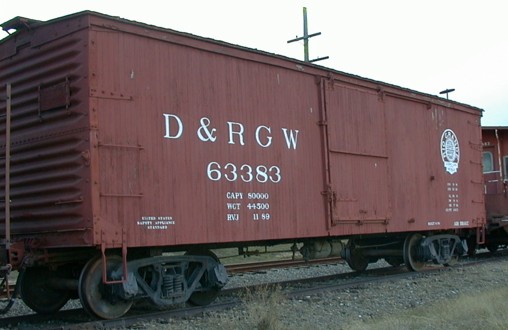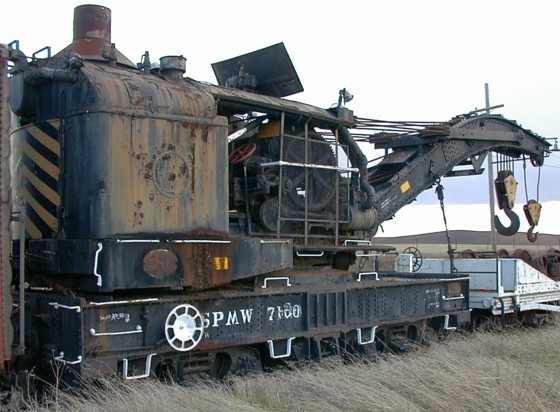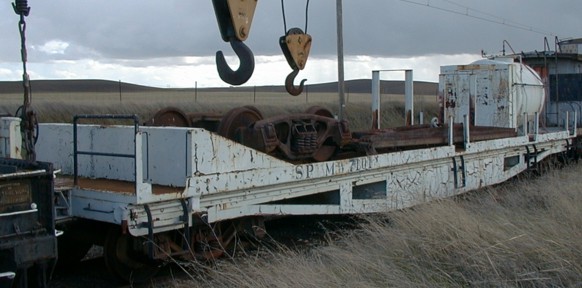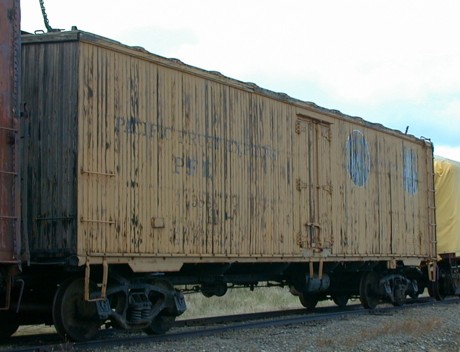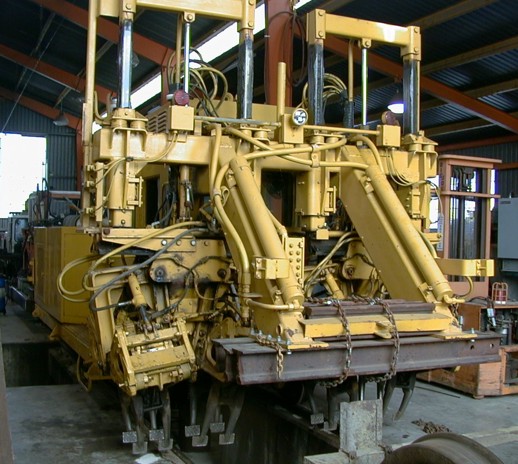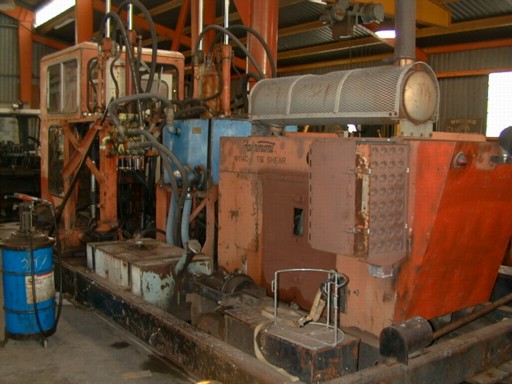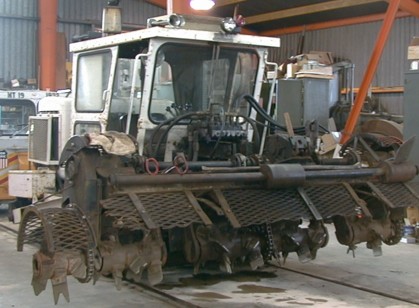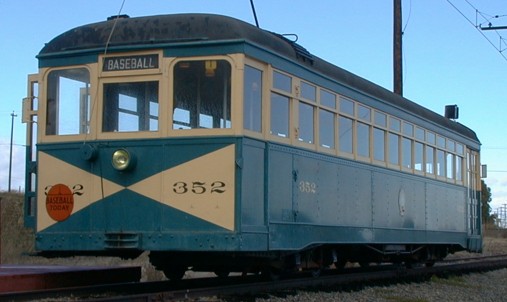
American Car Company built this streetcar in 1911 for the Key System, an traction company that operated all over the East Bay near San Francisco until the line was scrapped in 1948. This restored car, and others, are used to haul the public on a few miles of trackage that the museum purchased from UP (formally Sacramento Northern).
While the museum specializes in restoring streetcars and interurbans, I went there to take photos of the disused and lonely equipment on the "dead line."


